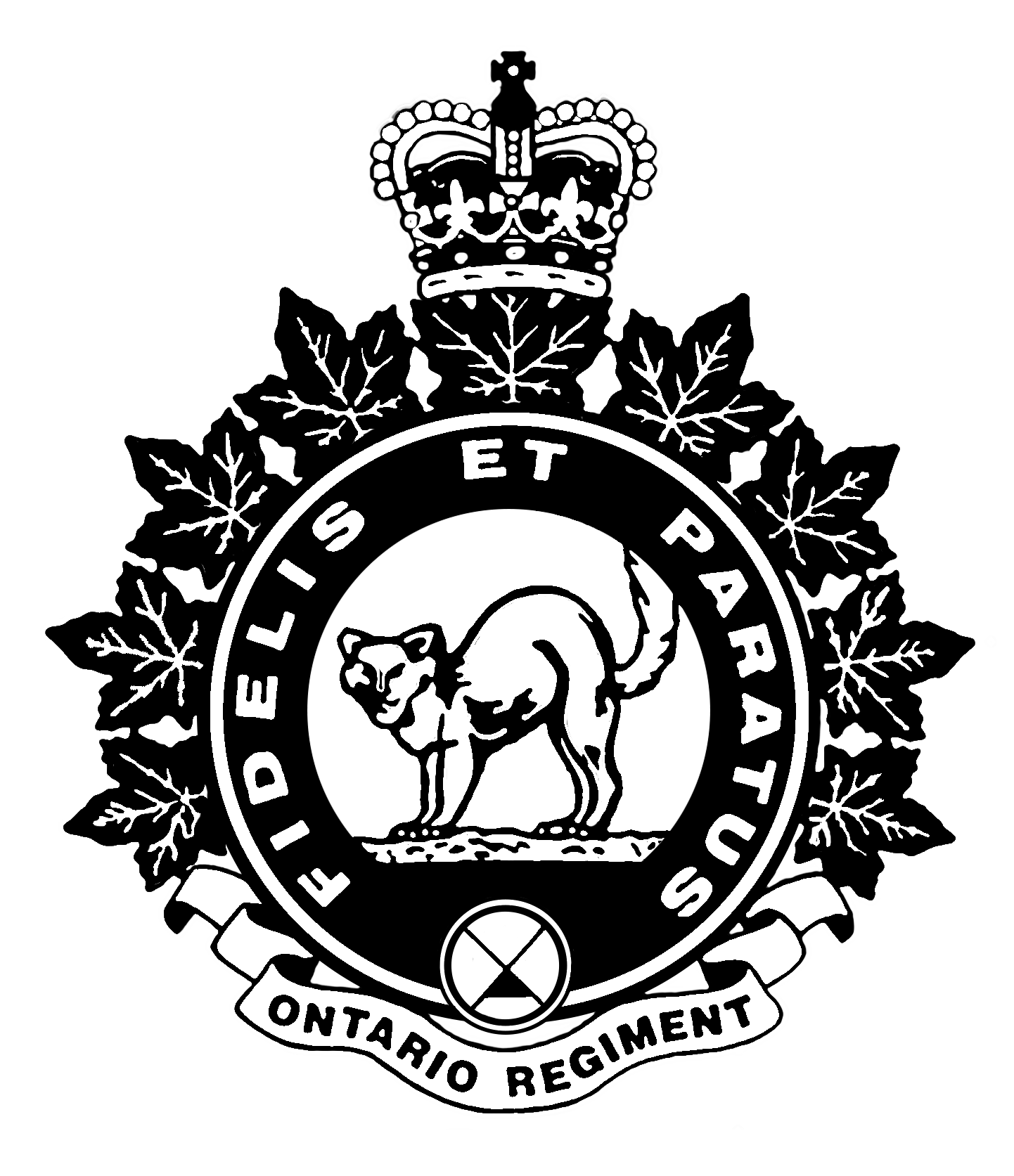
The Jadpanzer 38 was a German light tank destroyer built in the late war period (1944-1945).
It weighs in at over 15 tonnes and has a crew of four (Commander, Driver, Gunner, and Loader). It was quite a cramped vehicle as it just over 2m high.
There is some level of controversy over the nickname “Hetzer” (German for “Hunter”). The name was the designation for the E10 prototype built by Skoda. Skoda often confused the two vehicles. On the other hand, there is evidence of a paper written to Adolf Hitler that claims that the name “Hetzer” was used by the troops assigned to it, but no official document has been found that mentions it.
The Hetzer was built to be a economical, and logistics-friendly vehicle. The first part was to use the existing Pazer 38(T) chassis. This Czech tank was adopted by the Germans after the annexation of Czechoslovakia. Actual 38(T) chassis were not used; there are some significant modifications that were made.
As a Tank Destroyer, there was no turret. The main gun was mounted in a casemate on the hull. It is a 75mm gun with an excellent (for the time) penetration of 10 cm of armour at 500m. The downside is that without the turret the gun only has eight to sixteen degrees traverse. There is also a remote controlled machine gun.
The Hetzer was also heavily armoured with 60mm frontal armour sloped at sixty degrees (providing 120mm of linear armour.) There are no records of any Hetzers being destroyed from the front.
Hetzers were intended to be deployed as Tank Destroyer Battalions and attached to Infantry Divisions. Each Company would be issued between ten and fourteen Hetzers.
Just over 1,400 Hetzers were built for Germany. However, after the war, the Skoda factory continued to build the same vehicle. The Hetzer had a post war life with the Czech, Swedish, and Swiss Armies. The Swiss bought 158 from Skoda/Pragda and these were designated G-13.
The Museum’s Hetzer was a Swiss version that has been returned to the original engine and colours of the German army.
Matt Liness
Webmaster, Ontario Regiment Museum


